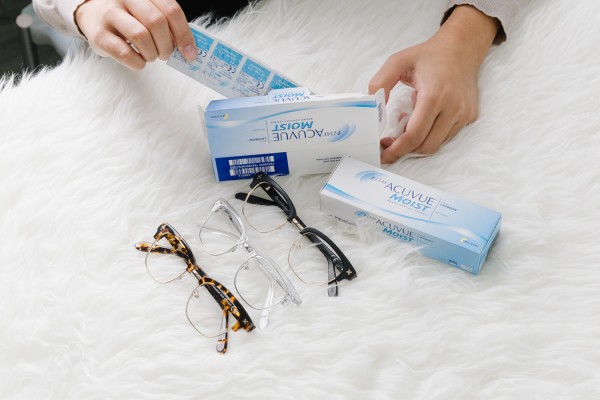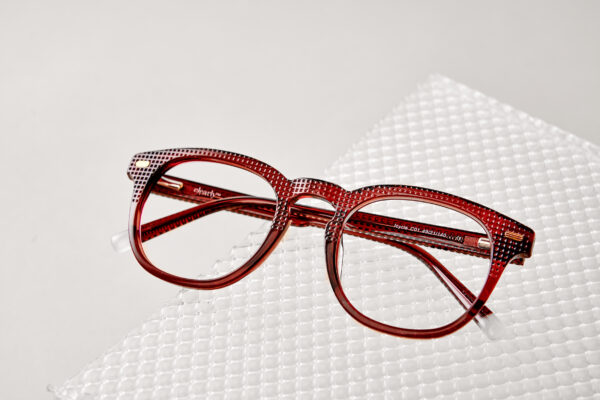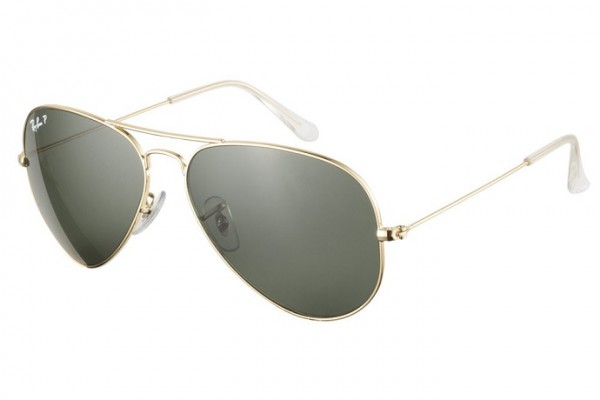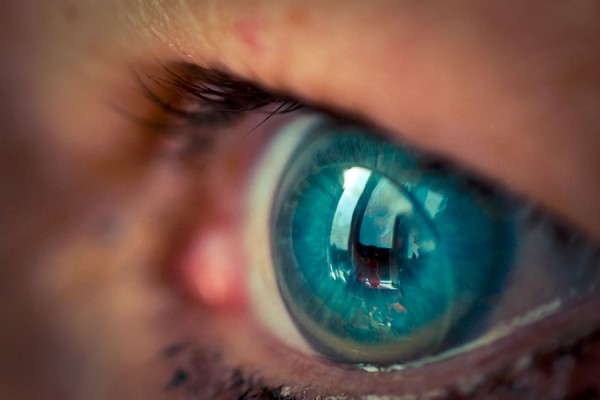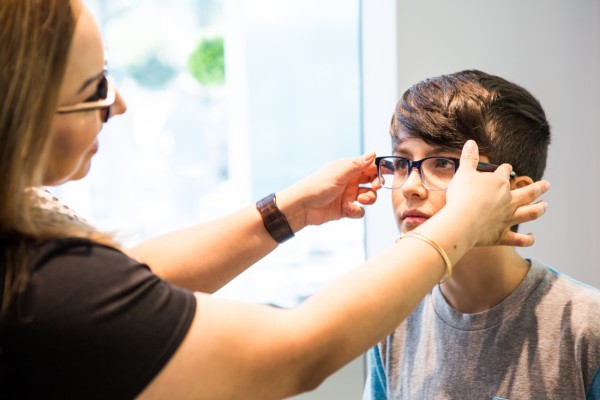Today’s advanced technologies in contact lenses allow people with presbyopia to enjoy clear sight at all distances without needing glasses. If you require a reading prescription with your distance correction (if any), multifocal and bifocal contact lenses would be the perfect option for you!
What is presbyopia?
People over the age of 40 will start to notice their near vision get blurry and they’ll find it difficult to focus on things up close. This occurrence is called presbyopia, and it happens naturally and gradually as you get older.
Presbyopia is also known as “short arm syndrome” because you’ll find yourself needing to stretch your arm out to see small print or other fine details more clearly.
What causes it?
As you age, the elasticity of the lens inside each eye is gradually lost which causes the lens to harden. As a result, your eyes lose its ability to focus on nearby objects because light is now being focused behind the retina rather than on top of it.
How do contact lenses for presbyopia work?
Multifocal and bifocal contact lenses help to correct presbyopia by providing vision correction for both distance and near vision. These contacts accommodate multiple prescriptions on a single lens to help you see clearly at a range of distances.
Bifocal contacts contain two different focal points for your distance and reading prescriptions, while multifocal contacts contain three focal points for distance, intermediate and reading correction.
Types of multifocal contact lenses
There are three common types of multifocal lenses:
Concentric multifocal lenses
Concentric multifocal lenses incorporate concentric circles on the lens with a gradual transition between prescriptions. The rings alternate distance and near corrections, similar to a bull’s eye pattern.
The 1 Day Acuvue Moist Multifocal and Air Optix Aqua Multifocal lenses are popular brands of concentric multifocal contacts.
Aspheric multifocal lenses
Aspheric contact lenses are constructed like progressive eyeglasses lenses and provide a blended transition between the multiple prescriptions. The distance or near prescription is located in the centre and gradually changes as you move outwards, with no visible lines in the lenses.
Dailies Total1 Multifocal and Proclear 1 Day Multifocal contact lenses are some of the aspheric multifocal contacts we carry. These contacts are usually weighted to stay in proper orientation on the eye to ensure clear vision correction all day.
Segmented bifocal lenses
Bifocal contact lenses are only available as rigid gas permeable lenses. These contacts resemble bifocal glasses lenses; the distance prescription is located in the upper half of the lens and the near prescription is on the lower half. The bottom of the lens is flattened to keep it in place on the eye. They are highly customized for each wearer, which is why they need to be purchased directly from your eye care professional.
How do I know if my prescription is for one these types of lenses?
Your contact lens prescription will include the following: the specific brand of contacts, power (or sphere), base curve, diameter, and ADD power. If you are prescribed rigid gas permeable contacts, your prescription will also include color and dot details.
All contact lenses fit differently and are made of different materials. If you are trying lenses that haven’t been prescribed, discomfort or infection could occur, so it is important to have a valid contact lens prescription to ensure that you’re purchasing products suited for your eyes.
If you need help understanding your prescription or determining if your prescription is for contact lenses, visit our guide for reading your contact lens and glasses prescription.
What are some alternate methods to correcting presbyopia?
In addition to multifocal or bifocal contacts, there are other methods of correcting presbyopia. Your Eye Care Professional will be able to determine which method is best suited for you.
Alternate methods include:
Monovision
Monovision involves wearing single vision contact lenses. The contact lens for distance correction is worn on your dominant eye, while your near contact lens is worn on your non-dominant eye, where the distance correction is slightly reduced to allow reading.
This technique must be prescribed by your optometrist or contact lens fitter to ensure the vision between your two eyes is balanced and to verify the fit of the contact lenses.
Using glasses with your contacts
Your optometrist may determine that wearing reading glasses over distance contact lenses is the best option for you. This will help you see things up close when necessary. This is a great method in decreasing peripheral distortion which is generally caused by progressive eyeglasses.
Ordering progressive/bifocal glasses
If you prefer glasses over contacts, there are eyeglasses lens options that will help correct presbyopia as well. We offer both progressive and bifocal lenses, as well as a special office progressive lens called DualView.
Ordering multifocal contacts with us
Once you have your up-to-date contact lens prescription and you’re ready to place your order, visit our multifocal contact lenses page to see our extensive line of multifocal contact lenses, including Acuvue and Air Optix. Clear vision is only one click away!


